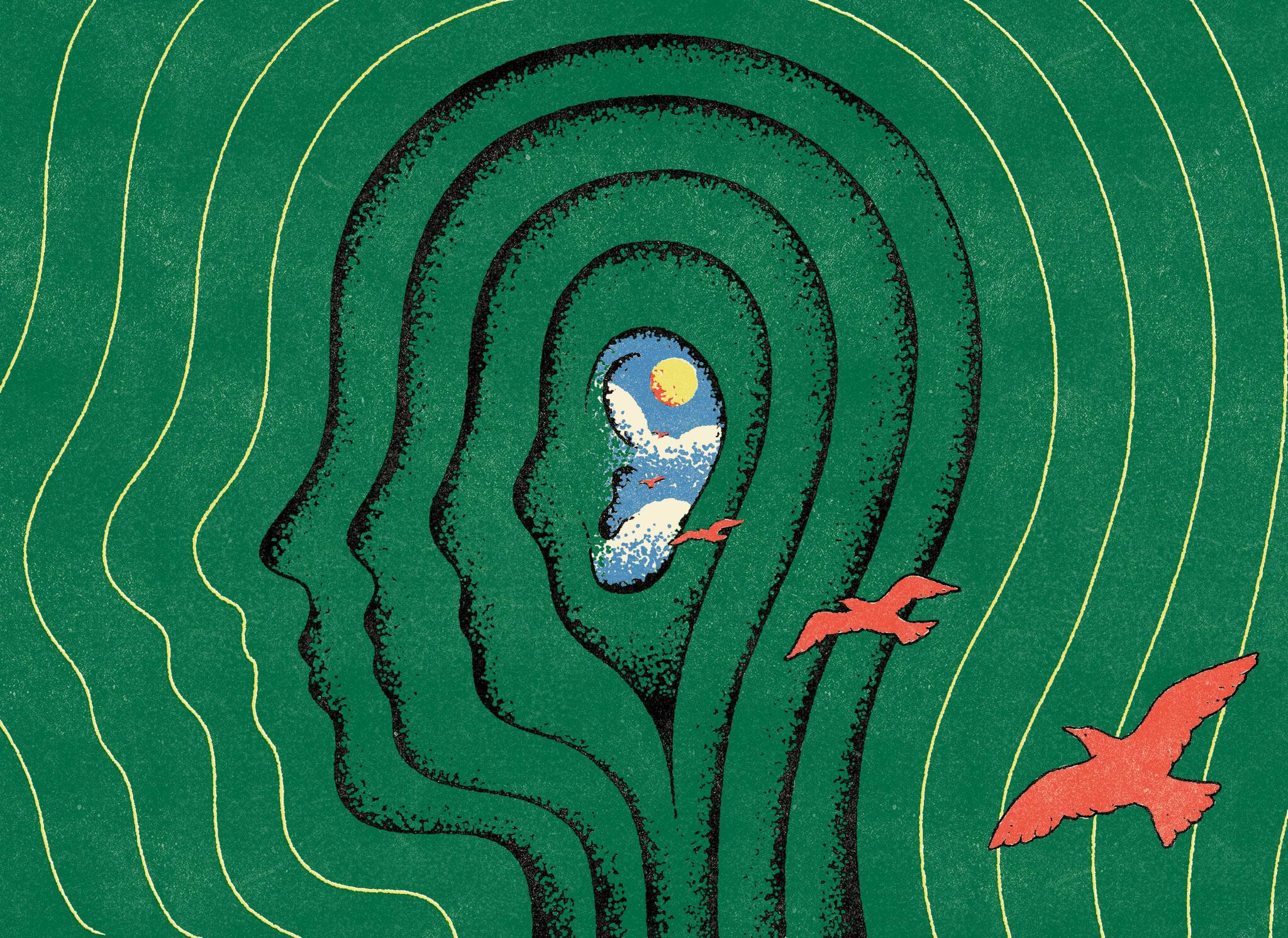
About Sound.me
This company does not currently have a business account, if you are the owner of the company, you can open a business account immediately.
Site Information
Is this your company?
Claim your profile to access Trustedreviews free business tools and start getting closer to your customers today!
About TrustedReviews
We Fight Fake Reviews
Here’s how you can flag problematic reviews.
We improve experiences
Here's our commitment to you.
We encourage quality customer feedback
We are check comments and we care about data reliability
Business Transparency
Claiming a profile allows the company to do things like reply to reviews, invite customers to write reviews,
Dear users; You can find all kinds of information about TrustedReviews in the faq section.
When it comes to creating the perfect TikTok video, sound is key. A catchy sound can help a video stand out and increase its shareability.
However, creating sounds can be challenging. This article outlines how to make and save your own custom sounds on TikTok. It also shares tips for making popular sounds.
Sound is the vibration of matter (solid, liquid, or gas). It travels through the air and can be heard.
When an object vibrates, it causes movement in the molecules next to it, causing more to vibrate, and so on. This movement is called a wave.
There are four major parts to a sound wave: wavelength, amplitude, frequency, and period. These are different for each type of sound.
The amplitude of a sound wave determines its loudness. Higher amplitudes are louder, while lower amplitudes are softer.
Frequency is the number of cycles per second a sound wave produces. High-frequency sounds produce many sound waves per second, whereas low-frequency sounds only make one or two sound waves per second.
When a sound travels through matter, it creates compression and rarefaction patterns in the medium. These patterns create an alternating pressure and energy transfer that scientists study in terms of intensity and pressure in Pascals and decibels.
Misophonia is a little-known condition that affects the way you feel about certain sounds. For people with this disorder, chewing, breathing and yawning evoke feelings of fear, anxiety and rage.
These reactions can be severe and lead to social isolation. They also can disrupt daily functioning and cause other issues, like anxiety and depression.
Symptoms of misophonia can include fast heart rate, high blood pressure, sweating and a feeling of tinnitus (ringing in the ears). They may also cause difficulty with everyday activities, such as eating and socializing.
It is not listed in the latest edition of the "Diagnostic and Statistical Manual of Mental Disorders" or any other psychiatric classifications, but it is a real mental health issue that can be treated. If you think you or a loved one has misophonia, talk to a healthcare provider right away to find out how you can get help.
TikTok’s SoundOn platform allows artists to upload their music directly to the social network and to distribute it to global streaming services. It promises to pay musicians 100% of royalties in the first year and 90% after that, plus provides a range of promotional tools and support.
The service also has a feature called “Pre-Release,” which lets artists create 15-60 second clips for TikTok that debut on the same day as their songs. The clips can be a fan duet, stitching together a performance, or whatever else the artist and their fans want to do.
After beta testing last fall, SoundOn is now live in the US, UK, Brazil and Indonesia, with an undisclosed number of artists already using it, including Muni Long, Games We Play, Abby Roberts, and Chloe Adams in the U.K. The distribution platform will not charge artists a fee, whereas rivals TuneCore and DistroKid do have charges on a per-song or album basis.
The TikTok app is not short on cool features, but one that stands out is the ability to create and save custom sound effects. This is a particularly helpful feature if you're new to the platform and want to give your audience a headstart on the competition.
You can upload your custom sound effect by tapping 'Me' in the bottom right corner and clicking 'Record.' This will bring up a screen where you can choose the sound you want to record from your library of saved favorites or if you're new to TikTok, your music library. Once you've found the perfect sound, you can tap 'Save video.' You will then see a loading bar at the bottom of the screen. Depending on your device and the capabilities of your phone, you may be presented with an option to download the sound file to your phone or tablet. You'll then be able to play the audio from there.
